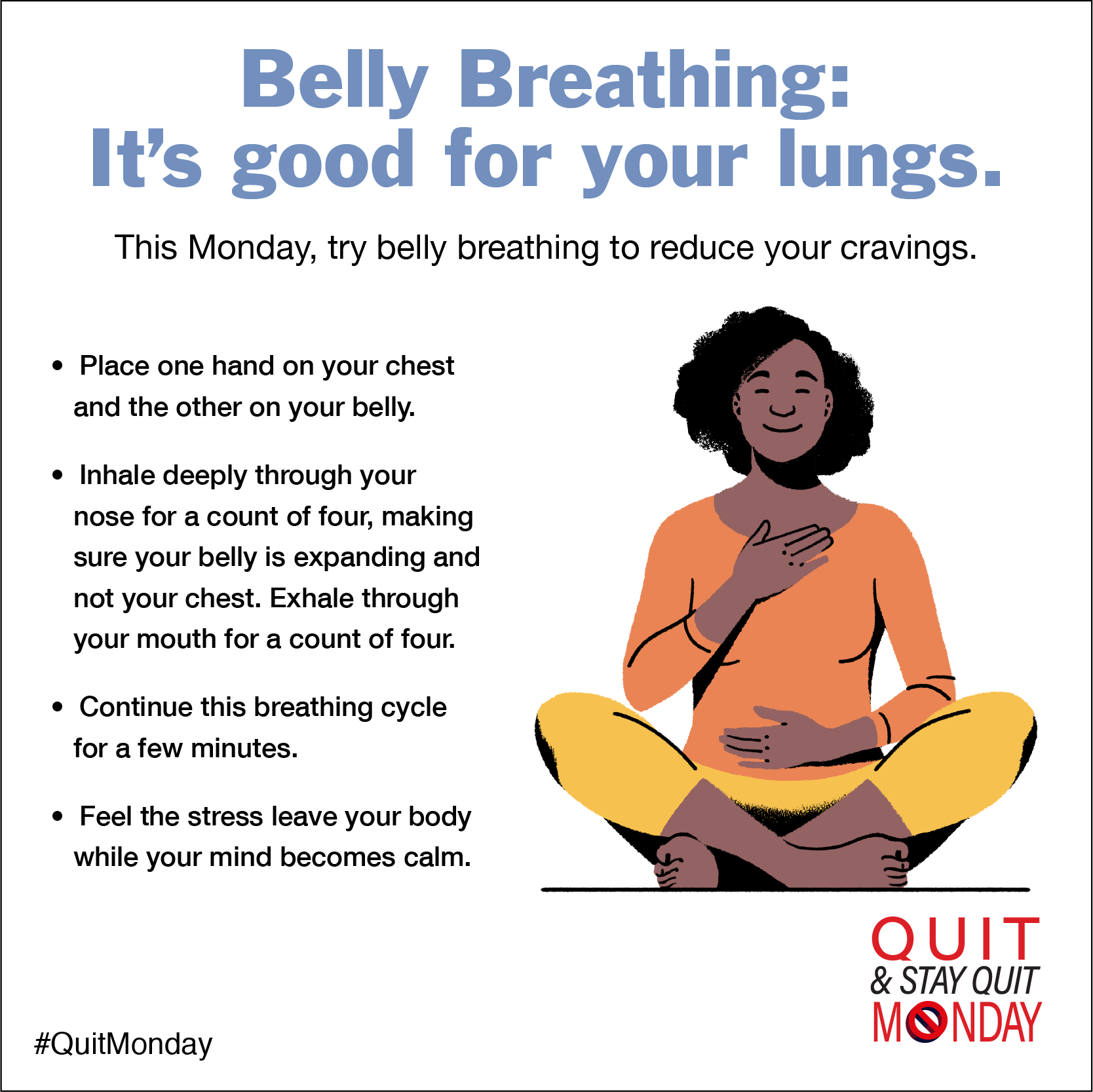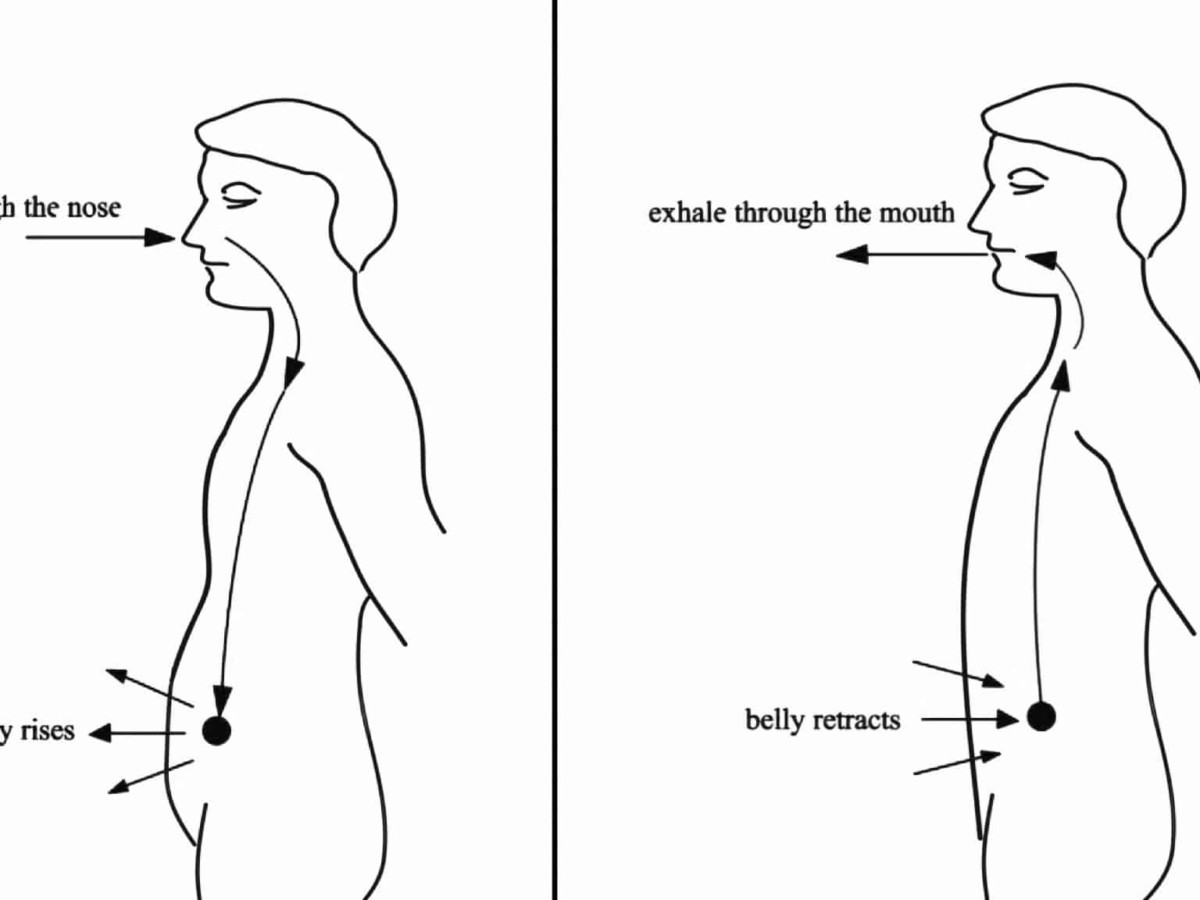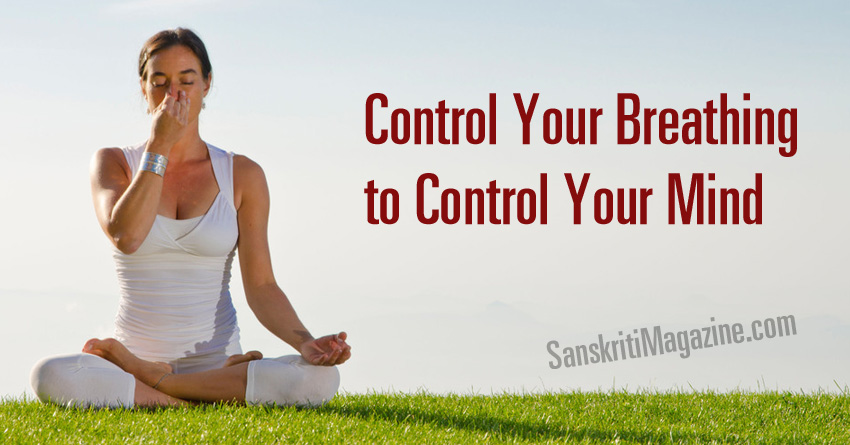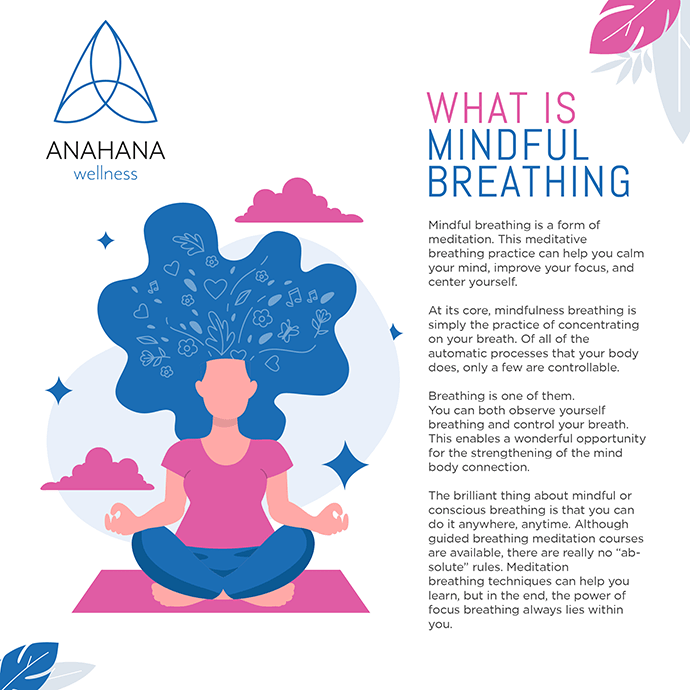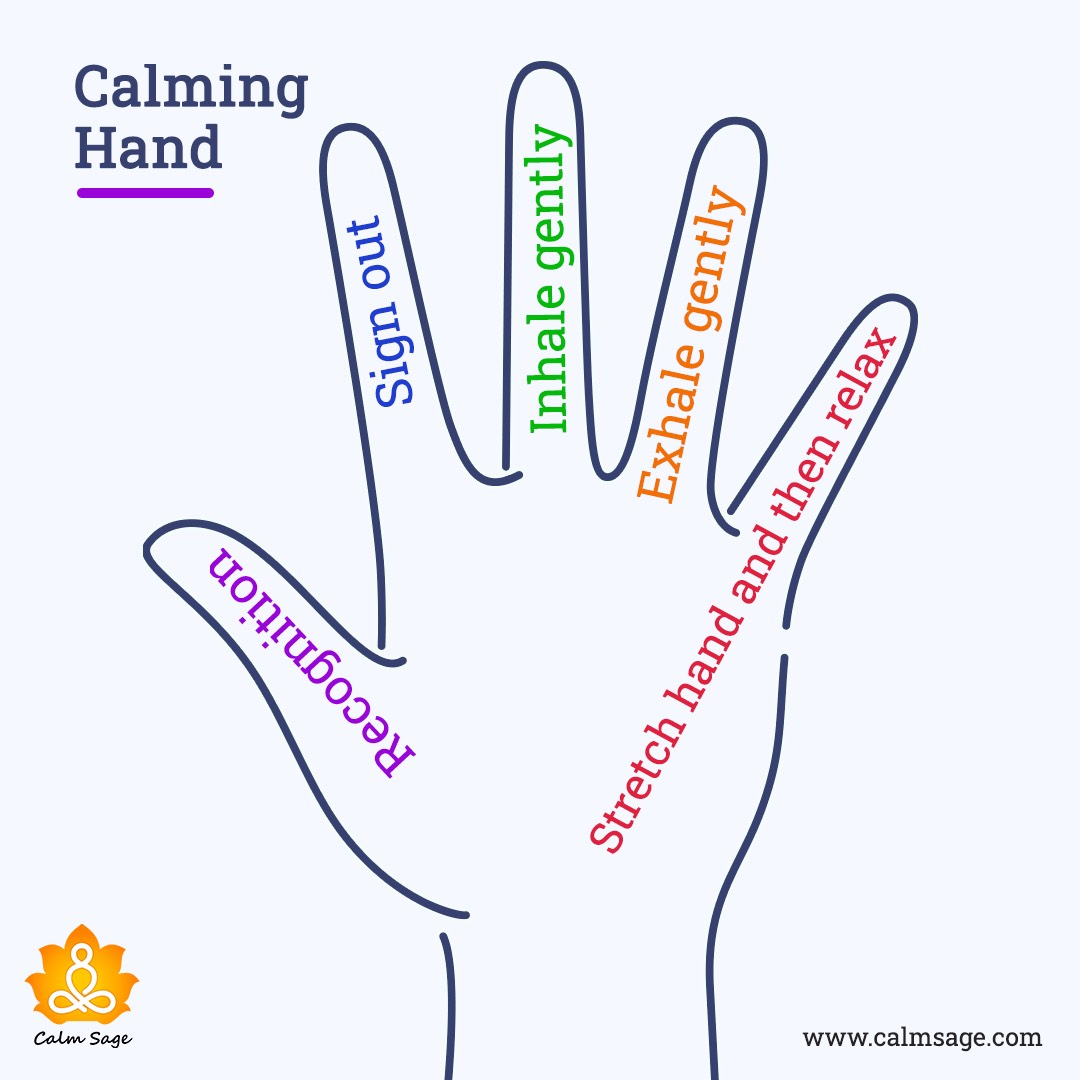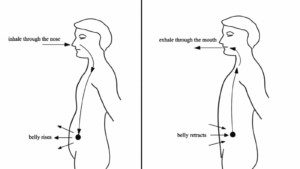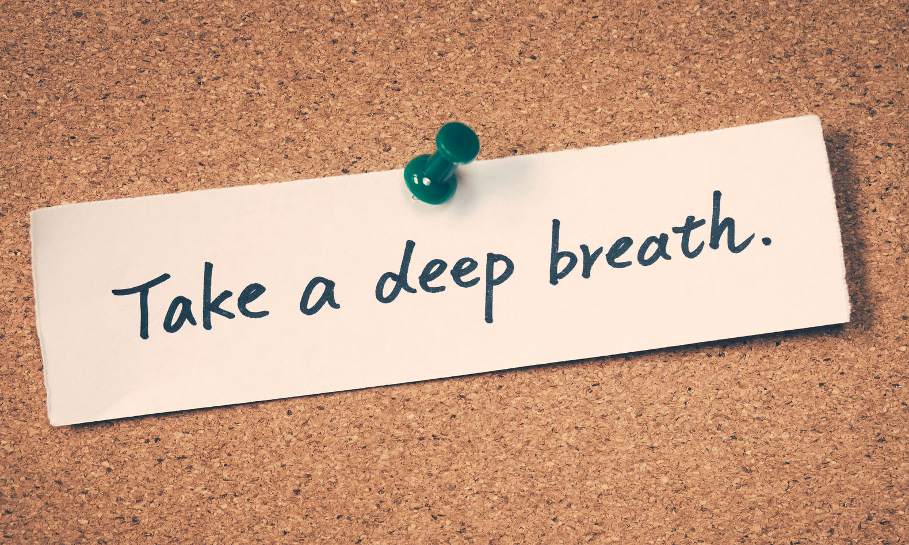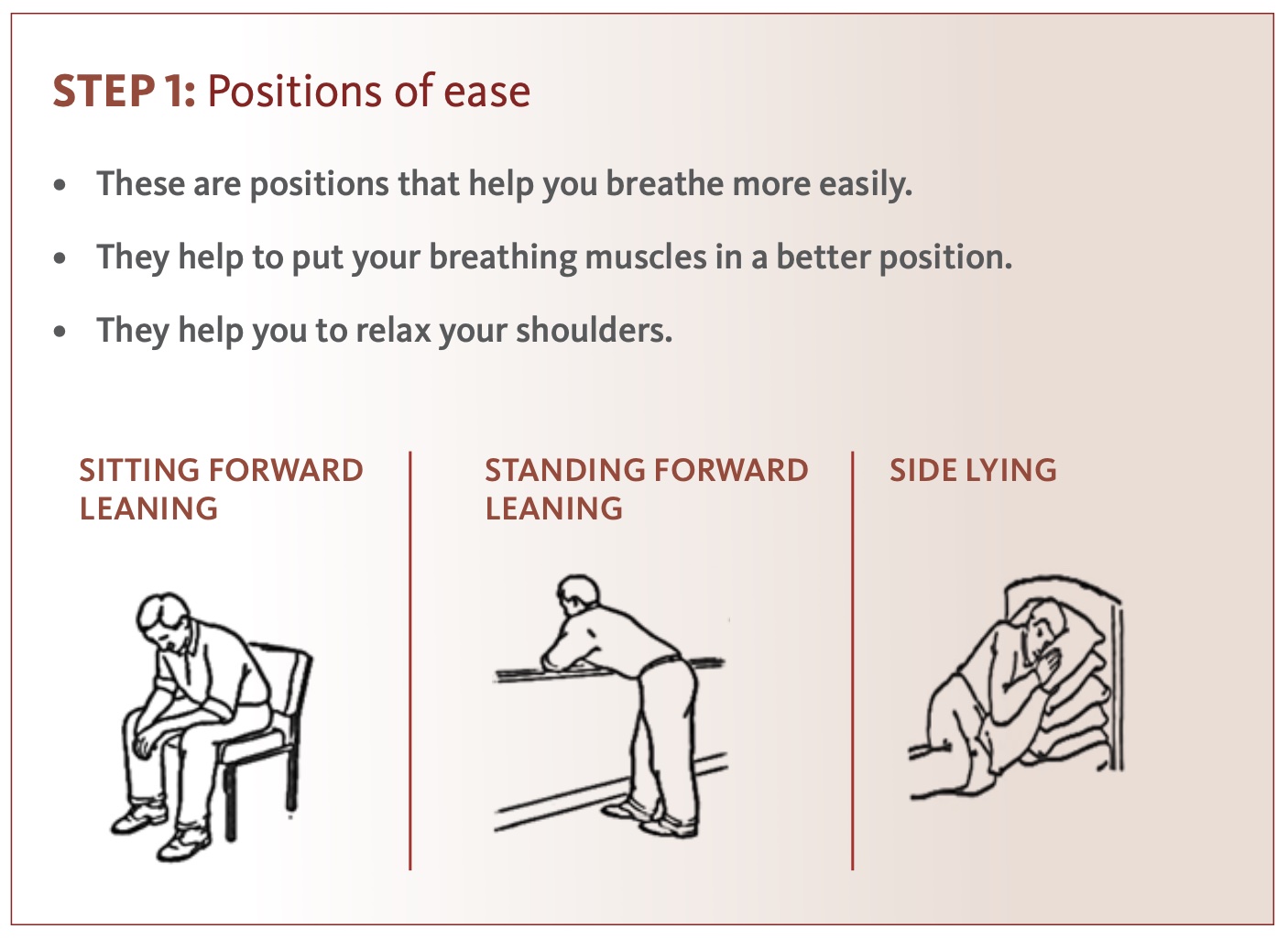Simple Tips About How To Control Your Breathing
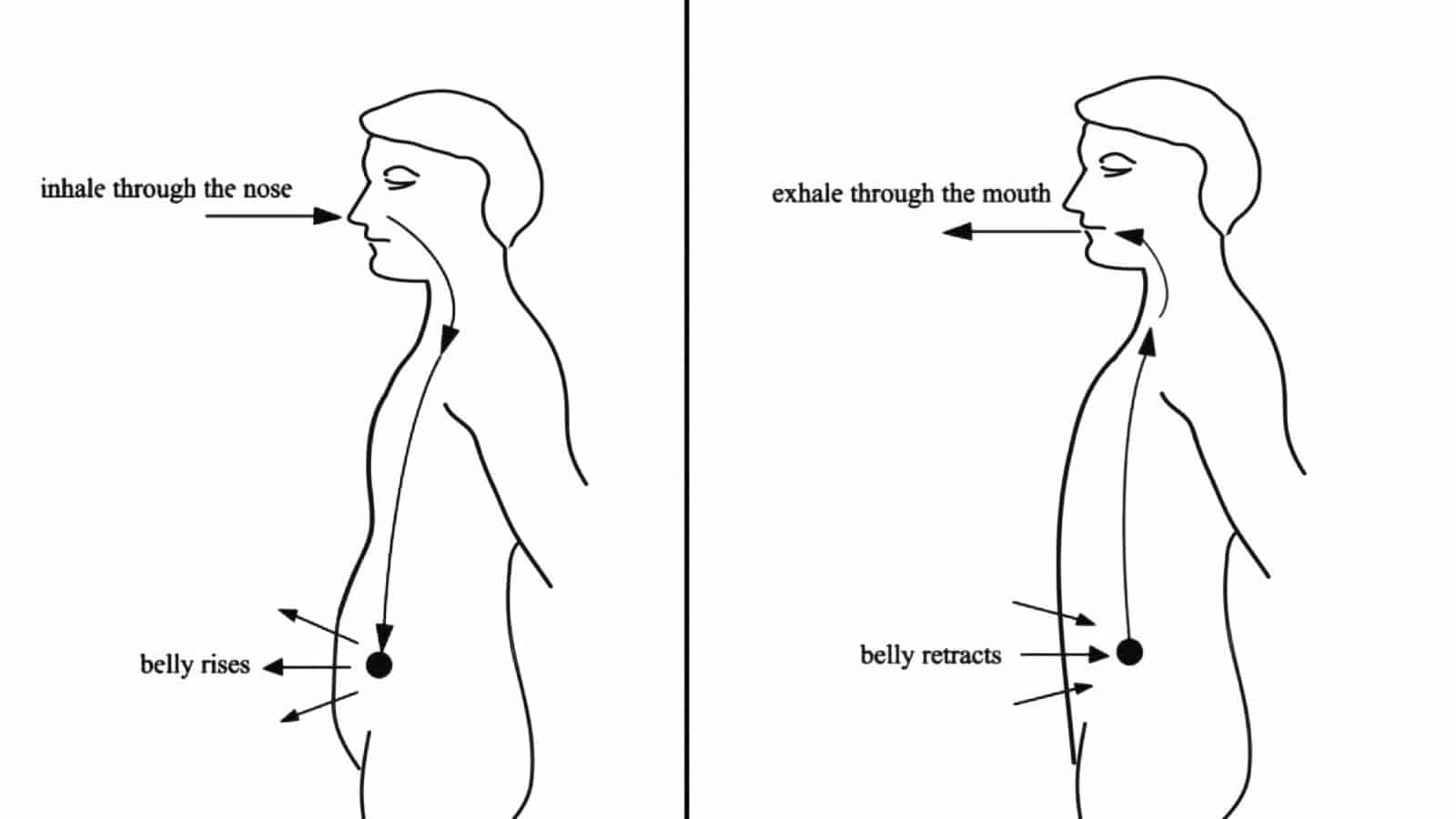
Basically, you are inhaling air into your lungs consciously and then putting the effort afterward to empty out your lungs to exhale.
How to control your breathing. Breathing (or ventilation) is the process of moving air into and from the lungs to facilitate gas exchange with the internal environment, mostly to flush out carbon dioxide and bring in. The body’s muscles and nervous system help control your breathing. Belly breathing or diaphragmatic breathing.
Make sure each breath is coming through the belly rather. Manual breathing means you are controlling your breathing. By gently closing off one nostril at a time using your finger, and feeling which one feels a bit easier to breathe through.
The perfect combination of pleasure and discomfort! Learning how to do this correctly is necessary for level 50 and 100. They cannot get bigger on their own.
Practice rhythm, for instance breathing in and out increasingly fast, or alternate fast inhale and slow exhale, slow inhale and fast exhale etc…without losing your pattern and getting. You'll need to take slower breaths so that your body can regain some of its carbon dioxide. Breathe in through your nose, filling your.
Stay in position for 5 minutes or longer until your breathing returns to a comfortable. You can use diaphragmatic breathing during your daily life as well. You'll also need to breathe through your stomach, since this type of breathing is more.
Inhale slowly, taking belly breaths. Controlling posture, especially that of the head, neck and torso, is one of the best ways to control breathing. Ideally you want to look forward and have an upright posture while.
